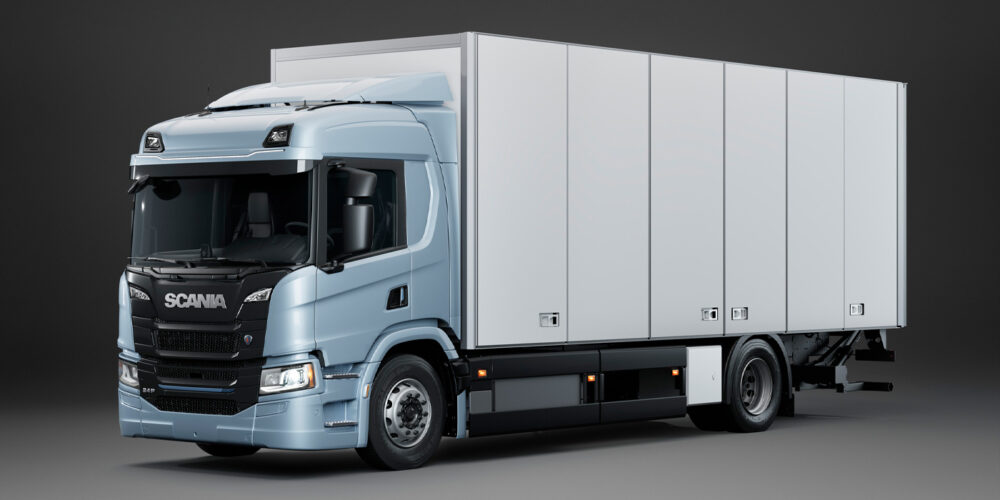While watching some old open-wheel racing films recently, I was struck by several things. First, everyone involved is so much safer these days. The second revelation is that technical progress seems to move at progressively faster rates lately. Not only race cars, but also most vehicles, including our modern over-the-road trucks, retreat into technical obsolescence in only a few short years.
Before full pressure lubrication, for example, many race cars needed an onboard mechanic to manually pump precious lube oil to critical engine components to defer self destruction. Also, remember the popularity of manually inflated air shocks that increased the ride height of many family sedans and towing vehicles, especially when loaded with cargo or vacation supplies? Today, constant ride-height air suspensions, utilizing onboard compressed air, are standard fare on most tandem-drive tractors and an increasing majority of trailer axles. These systems have been refined to deliver high reliability with minimal maintenance. While the plumbing, compressor capacity, and greater tire/wheel/hub temperature variation issues for truck tires are a bit more complex, it would seem that the time for onboard tire inflation maintenance systems is overdue.
It’s long been accepted that proper inflation is the most important tire maintenance variable. Ironically, the vastly improved durability of modern radials, along with escalating labor costs, have resulted in less frequent manual tire pressure checks. It also is researched and accepted that most over-the-road tire failures are the result of underinflation, often the result of a puncture or valve hardware-related slow leak. Inflation checking and minor airing on a typical 18-wheeler realistically requires approximately 20 minutes: time and money some operators are unwilling to invest, at least on a schedule recommended by tire manufacturers. Proper inspections for tire damage and nail hole punctures require additional time and diligence. Added complexities include checking “hot” versus “cold” pressures, since truck tires typically develop working inflations that are dependent on service conditions and range from 5 to 15 PSI higher than initial “cold” settings. Also, slow leakers are difficult and time consuming to detect visually.
These tasks could be managed reliably by modern electronics that employ simple algorithms relating pressure to temperature and volume in order to measure real time inflation pressures. Also, sensing continuing need for make-up inflation to signal an air loss problem to drivers or maintenance technicians would seem to be a simple task. There are commercial systems available for trailers today that perform these functions utilizing the hollow axles as part of the plumbing connection between the compressed air source and tires.
Steer axles might be modified to include an inflation supply channel through the spindle forging with relatively minor component engineering and manufacturing modifications. Granted, floating drive axles present more of a technology and manufacturing challenge, but this also would not seem insurmountable.
With the cost saving potential of better treadwear, saving additional casings for future retreading (go green!), improved fuel economy, lower labor expenses, and less roadside debris, a convincing argument can be made for fitting trucks and trailers with onboard tire inflation sensing and maintenance systems. Industry progress for onboard pressure (sensing and maintenance) seems overdue. It’s probably also wise to redefine TPMS to have the “M” stand for maintenance, including active on-board inflation rather than simply passive monitoring.













